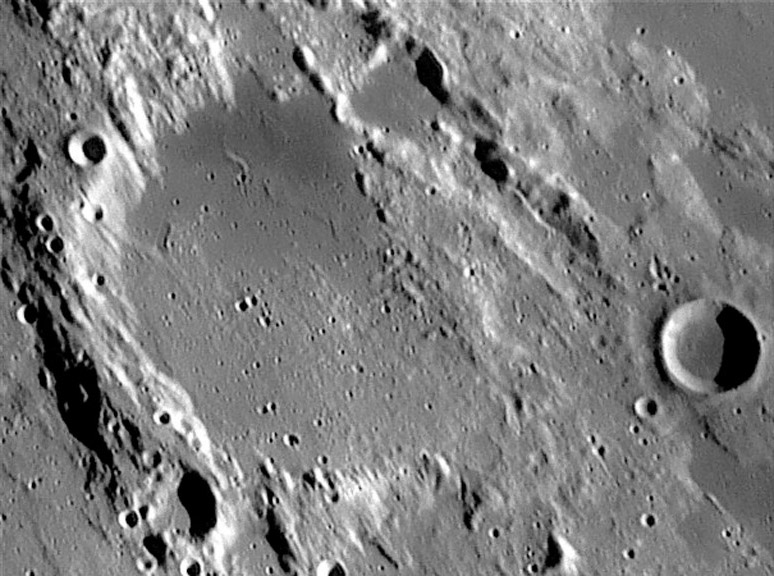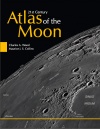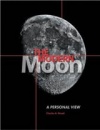|
|
| Line 1: |
Line 1: |
| | __NOTOC__ | | __NOTOC__ |
| − | =Cut by a Fault= | + | =Dead Romans= |
| − | Originally published April 27, 2006 | + | Originally published April 26, 2006 |
| | <!-- Start of content --> | | <!-- Start of content --> |
| − | <div class="post" id="post-251"> | + | <div class="post" id="post-249"> |
| | | | |
| | <div class="storycontent"> | | <div class="storycontent"> |
| − | <p>[[File:LIEBIGFAULT.jpg|Liebig Fault-SPOT-1]]<br /> | + | <p>[[File:Julius060405-BrunoLPOD.jpg|JuliusCaesar & Sosigenes -Bruno]]<br /> |
| − | <em>Image by [http://www.esa.int/esaMI/SMART-1/SEMHWFOFGLE_1.html ESA SMART-1]</em></p> | + | <em>Image by [mailto:daversin.bruno@neuf.fr Bruno Daversin]</em></p> |
| − | <p>The western shore of Mare Humorum is one of the few places on the Moon where the motion of a fault is easily seen. The Liebig Fault is the sharp boundary between the mare lavas of Humorum and higher and more cratered (thus older) surrounding material. At the top of this newly released SMART-1 image the fault is seen to cut through an older eroded crater. The right half of the crater is missing, apparently it was carried downward at least a few hundred meters and was subsequently covered by mare lavas. Further south is a sharp-rimmed, newer crater (Liebig F - 8.9 km wide and 1.6 km deep) that formed on the fault. But look closely at the southern end of F and notice that the rim is slightly disrupted by faulting, and the fault is also faintly visible inside the northern half of F. These observations imply that the fault continued with slight activity after F was formed - in other words, the fault did not form instantaneously. To the east of the fault are three or more rilles that are neither linear nor sinuous. The south end of the middle rille has some perpendicular segments where it penetrates a ruined crater just east of Liebig G. On low Sun images the floor of this rille-cut ruin appears slightly domed, as does the left rille. This family of rilles connects to a long rille further south (Doppelmayer Rille) which has an associated pyroclastic deposit. Also, look very closely at the northern end of the rilles - two of them continue as very fine cracks, with a few pit craters. All of these rilles are volcanic - either fissures or collapsed lava tubes. </p> | + | <p>I learned from Rükl’s <i>Atlas of the Moon</i> that Sosigenes (28 km wide crater to the right) was an advisor of Julius Caesar, (90 km) at center left. Riccioli, who named them both in 1651, certainly knew his Roman history. What I know is that there are two intriguing stories here. The larger crater has been strongly modified by the Imbrium basin impact. The entire area has a windswept look, due to a horizontal hurricane of debris that surged from upper left towards bottom right. The relatively smooth, but cratered, material that fills most of the floor of Julius Caesar is also from Imbrium, as is the coalescing line of roughly crateriform structures (crude secondary craters) that cut JC’s upper right rim. The small amount of mare basalt must have leaked up some faults and the small number of crater pits shows the dark mare material is younger than the basin debris. Sosigenes is a very unusual crater. It is relatively fresh with a sharp rim, but no terraces nor central peaks. Its depth of 1700 meters is a kilometer shallower than the same size more typical craters Menelaus and Mädler. I don’t think that Sosigenes is a standard crater with terraces and peaks buried by whatever fills their floors. In 1978 Leif Anderson and I published an analysis of 2598 fresh lunar craters, showing that the Sosigenes morphology occurred over a diameter range of 2 to 35 km, with the majority about 20-25 km wide. We proposed that Sosigenes type craters are either modified primary impacts or basin secondaries. The latter explanation seems the best interpretation, but we still don’t know for sure.</p> |
| | <p>[mailto:tychocrater@yahoo.com Chuck Wood]</p> | | <p>[mailto:tychocrater@yahoo.com Chuck Wood]</p> |
| | <p><b>Technical Details:</b><br /> | | <p><b>Technical Details:</b><br /> |
| − | 13 January 2006. Advanced Moon Micro-Imager Experiment (AMIE) camera on SMART-1 spacecraft. </p>
| + | 5 April 2006. Ludiver Observatory 600 mm (24″) Schmidt-Cassegrain + webcam + IR filter. </p> |
| | <p><b>Related Links:</b><br /> | | <p><b>Related Links:</b><br /> |
| − | Rükl plate 51</p> | + | Rükl plates 34 & 35<br /> |
| − | <p><b>Yesterday's LPOD:</b> [[September 16, 2025|Dead Romans]] </p> | + | [http://articles.adsabs.harvard.edu/cgi-bin/nph-iarticle_query?1978LPSC....9.3669W&data_type=PDF_HIGH&type=PRINTER&filetype=.pdf Wood and Anderson 1978 paper]</p> |
| − | <p><b>Tomorrow's LPOD:</b> [[September 18, 2025|Polar Volcanism?]] </p> | + | <p><b>Yesterday's LPOD:</b> [[September 16, 2025|A Ribbon of Darkness]] </p> |
| | + | <p><b>Tomorrow's LPOD:</b> [[September 18, 2025|Cut by a Fault]] </p> |
| | </div> | | </div> |
| | <p> </p> | | <p> </p> |




